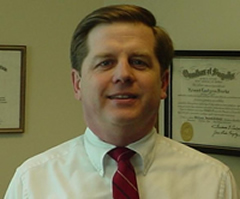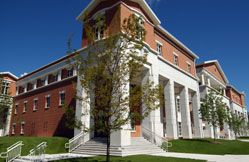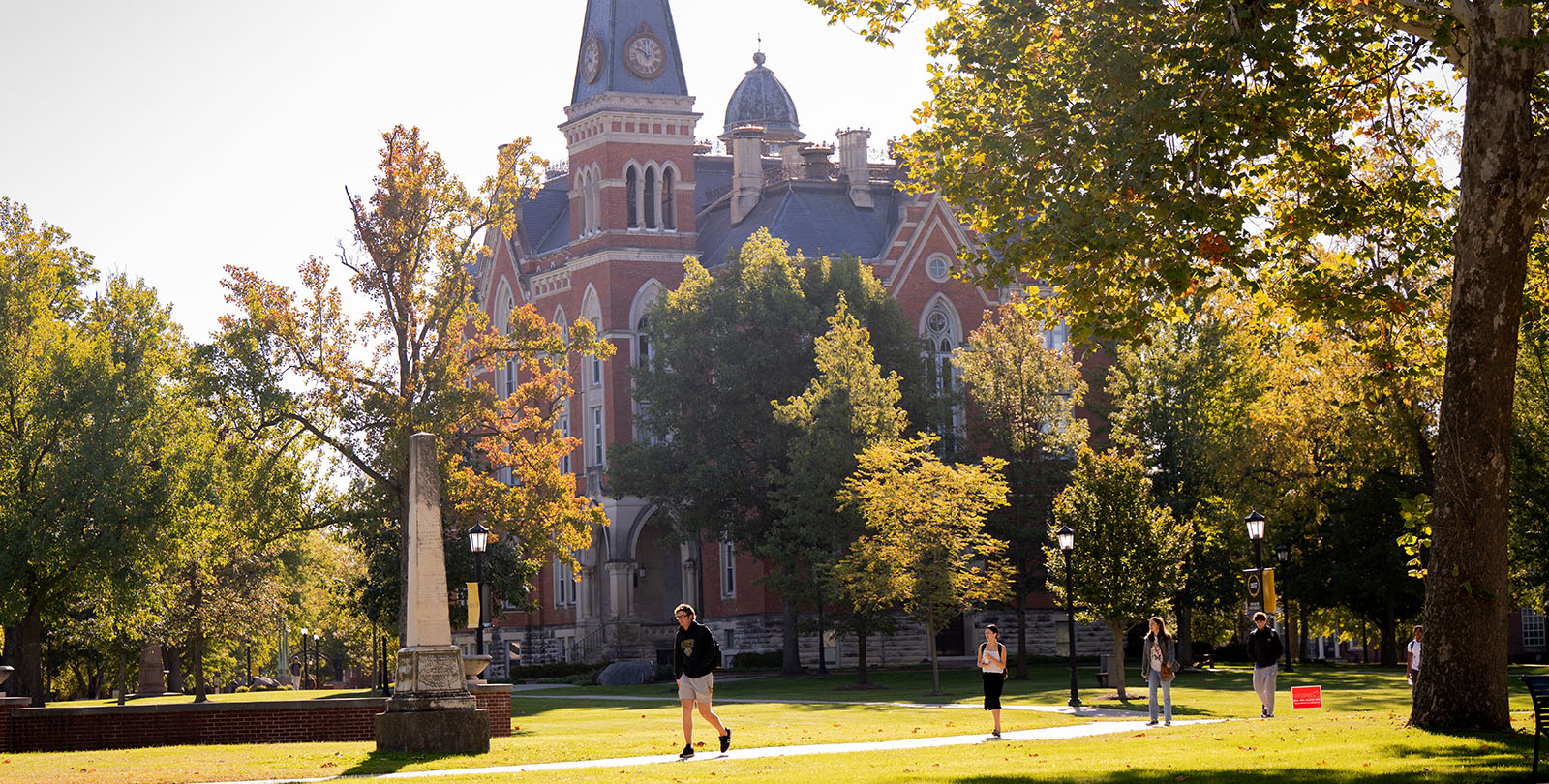Partnership Will Allow DePauw to Study "Unexplored Region" of the Atmosphere
May 14, 2007
 May 14, 2007, Greencastle, Ind. - "It is a low-cost method of conducting meaningful scientific investigation of an unexplored region of our atmosphere," Howard L. Brooks, professor of physics and astronomy at DePauw University, tells Indiana's Marion Chronicle-Tribune. The newspaper reports on a partnership between DePauw and StratoStar Systems LLC that will result in the University using the company's Complete Flight System in several courses next spring.
May 14, 2007, Greencastle, Ind. - "It is a low-cost method of conducting meaningful scientific investigation of an unexplored region of our atmosphere," Howard L. Brooks, professor of physics and astronomy at DePauw University, tells Indiana's Marion Chronicle-Tribune. The newspaper reports on a partnership between DePauw and StratoStar Systems LLC that will result in the University using the company's Complete Flight System in several courses next spring.
The article points out that students and members of the faculty and staff have completed training on the Complete Flight System. "The StratoSAT system consists of high altitude weather balloons that carry instruments and other payload packages into Near Space, an area above the earth's surface that begins at 75,000 feet," the text states. The firm's innovation is described as "a low-cost system with wide-ranging applications that include testing temperature and pressure and advanced science of detection cosmic rays and magnetic fields."
firm's innovation is described as "a low-cost system with wide-ranging applications that include testing temperature and pressure and advanced science of detection cosmic rays and magnetic fields."
"People are amazed that for under $500 a launch they can send a camera or multiple science experiments on a balloon to the edge of space," says StratoSAT president Jason Krueger. "Many of the students and scientists conducting research in Near Space are making discoveries in all disciplines of science, because it is largely unexplored."
Access the item at the newspaper's Web site.
